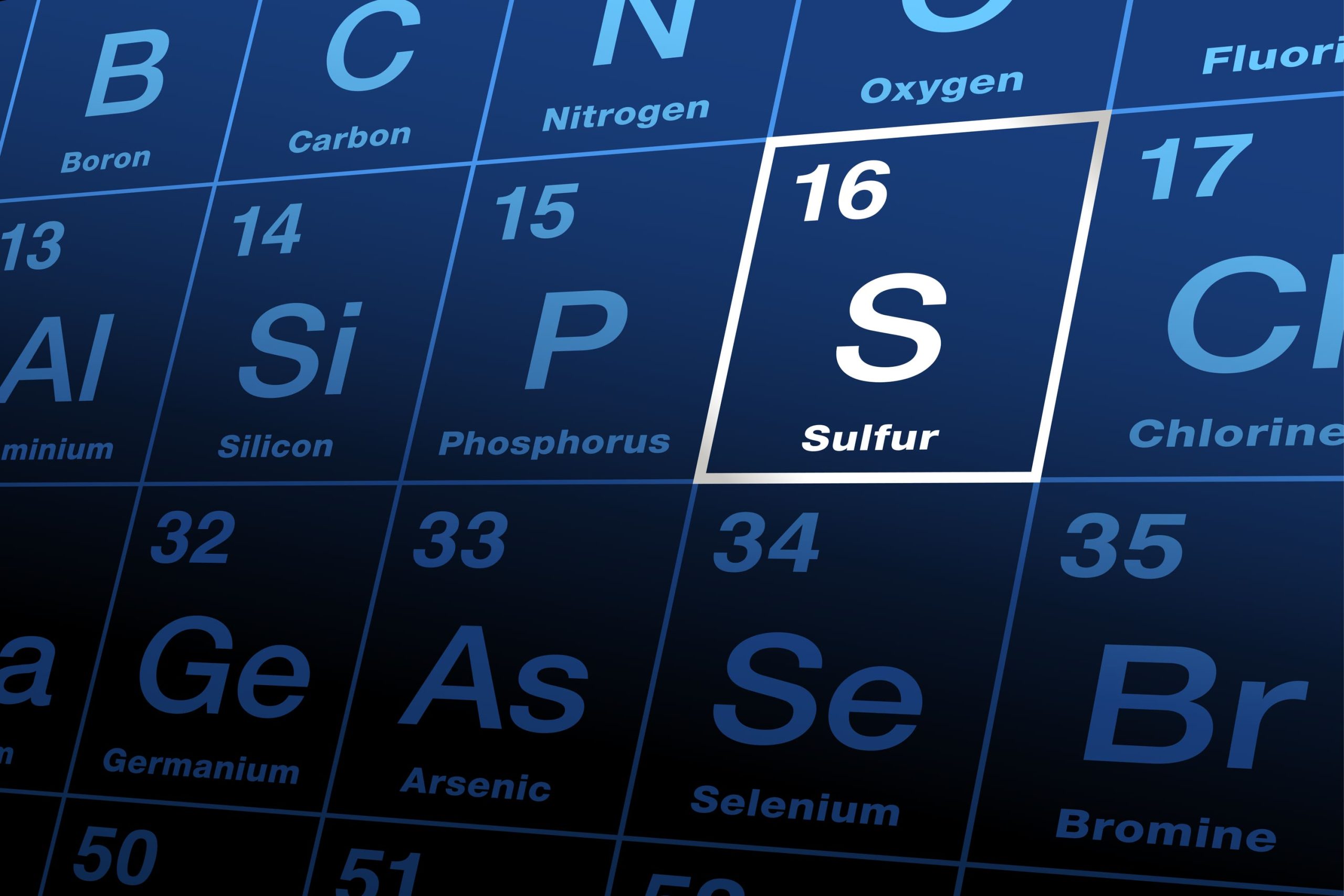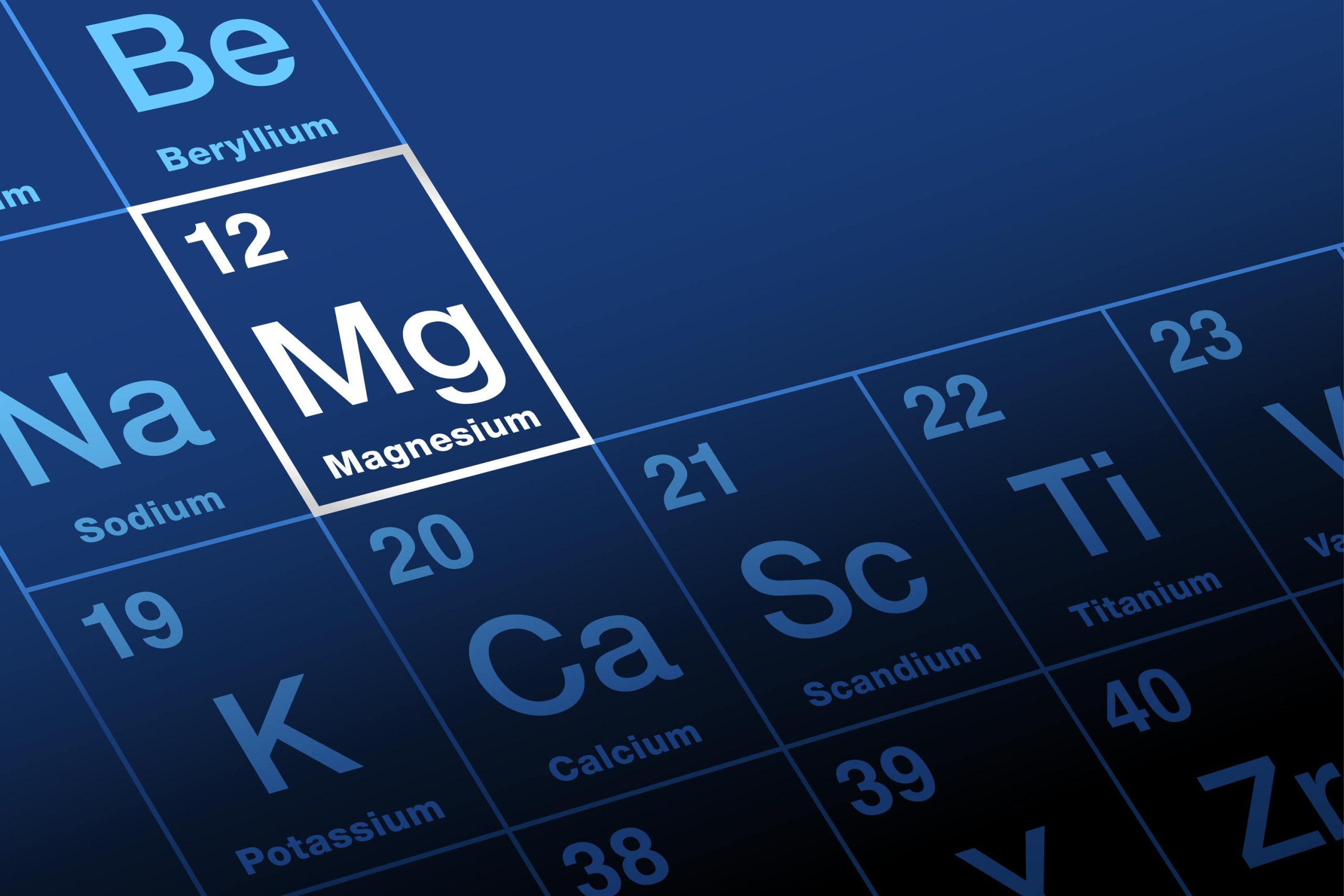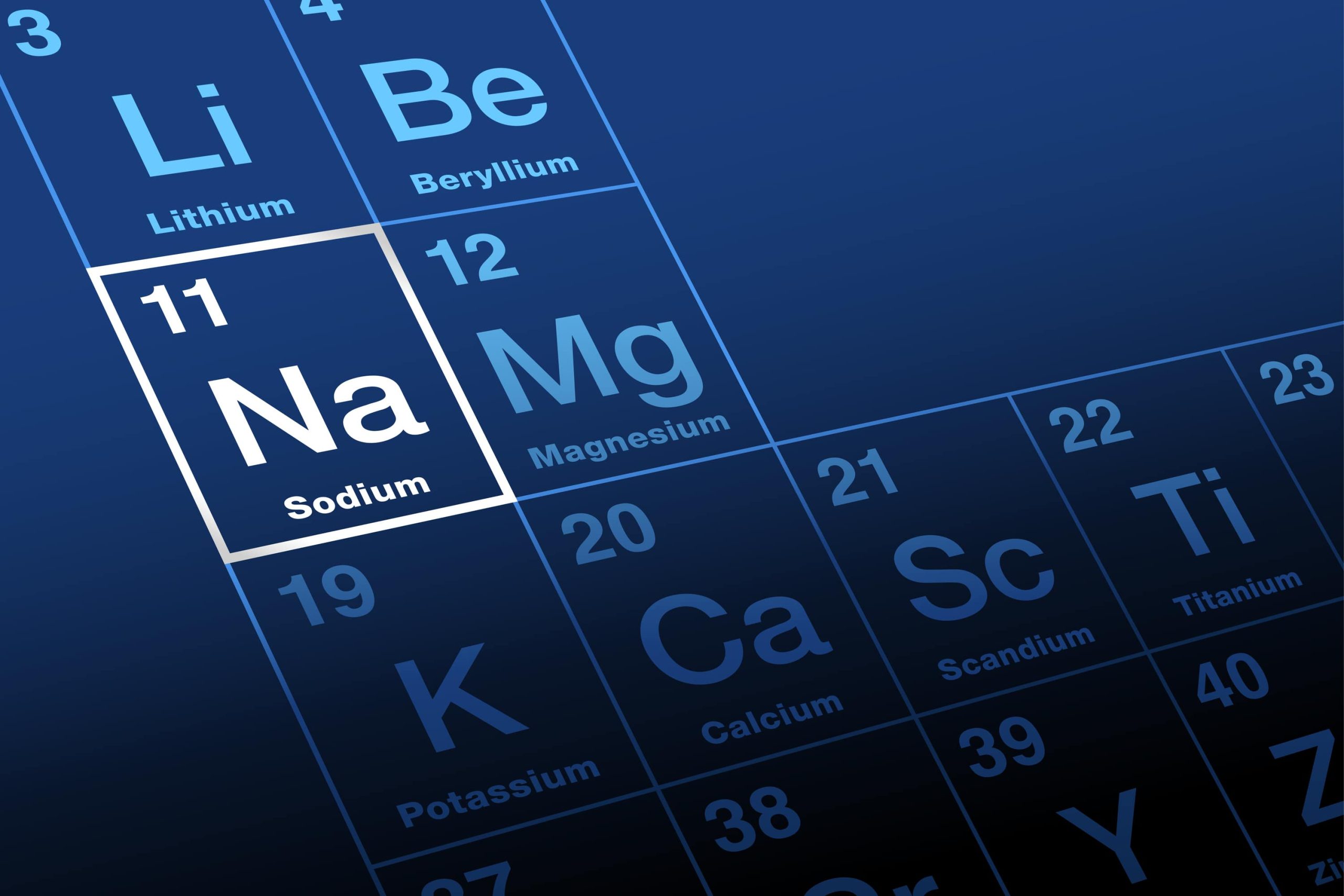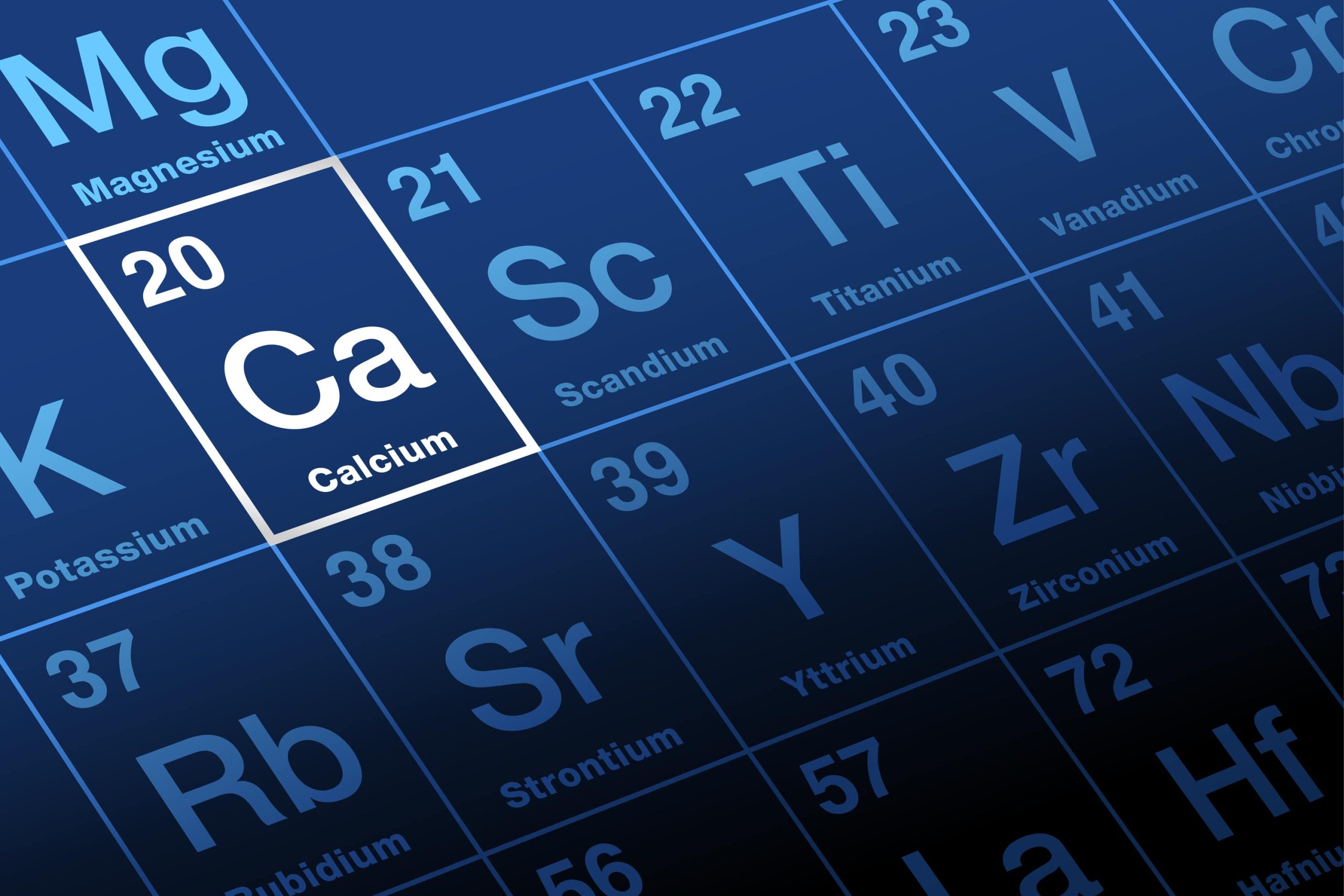Secondary Elements

Magnesium
Magnesium is an important component of both chlorophyll and many enzymes that are needed for normal plant growth. It helps move nutrients especially phosphate around plants as well as controlling water levels in plants.
Deficiency of magnesium in tillage crops is most common in potatoes and sugar beet and is likely to occur on sandy soils. When soil magnesium is low, magnesian lime (>10%Mg) should be used to correct lime deficiency. If there is not a source near by then apply about 75 kg Mg ha-1 every three years as calcined magnesite or kieserite.
Magnesium deficiency symptoms often occur in arable crops due to stress factors even when soil Mg levels is adequate.
This can be due to restricted root development resulting from poor soil physical condition. Drought also can cause Mg deficiency symptoms. Our recent research indicates that magnesium sulphate is less effective as a foliar spray than chelated or other formulated sources.
A grass diet, especially in spring, does not usually satisfy the Mg needs of cows, and hypomagnesaemia may occur even when soil Mg levels is high. Herbage analysis is more reliable than soil analysis as a measure of the supply of Mg to the grazing animal. Herbage should be above 0.23% Mg in dry matter and even then, because of poor absorption, it is necessary to supply a source of Mg to cows in the spring to prevent hypomagnesaemia.
Sulphur
The combustion of fossil fuels produces sulphur dioxide and for many years this was deposited on farmland (acid rain) and met crop needs. Nowadays, as this pollution has been reduced, crops are beginning to show a deficiency in this important nutrient which helps build proteins. For some crops relatively large amounts are needed to keep them healthy so sulphur could be considered a major nutrient.
Dissolved in soil solution, sulphate behaves like nitrate so care is needed to stop it being washed away. Some thirty percent of our soils now require sulphur (S) for optimum yields. This is especially true for second-cut silage. Small responses have also been obtained in cereals.
Soil S analysis is not a very good predictor of the likely responses to the addition of S-containing fertilisers. This is because most of the S in soils occurs in the organic matter that must be broken-down to release the S for root uptake. The rate of break down or mineralisation is influenced by the soil moisture and temperature, which are extremely difficult to predict for more than a few days in this country. Hence, S soil test results can vary from week to week.
The soils most likely to show deficiencies are sandy, free draining soils with a low organic matter content. As the sulphate ion leaches readily from soils it is not worthwhile trying to build-up soil S levels.
Plant S and N: S ratios are useful guides in assessing the likelihood of a response to S fertilisers. The plant S level should be greater than 0.2% in D.M. and the N: S ratio less than 15:1.


Sodium (Na)
In Ireland, fertilisers containing sodium are only recommended for beet crops. It will replace some but not all of the potassium. The amounts recommended should not adversely affect soil structure. Sodium is very susceptible to leaching and does not build up in soils unless there is sea flooding
Exchangeable sodium in soils is usually less than 25 mg1-1 Na.

Calcium (Ca)
Calcium is required for plant growth, cell division and elongation. Some calcium is applied directly to crops but most is applied to the soil as lime, to correct acidity.

Sulphur
The combustion of fossil fuels produces sulphur dioxide and for many years this was deposited on farmland (acid rain) and met crop needs. Nowadays, as this pollution has been reduced, crops are beginning to show a deficiency in this important nutrient which helps build proteins. For some crops relatively large amounts are needed to keep them healthy so sulphur could be considered a major nutrient.
Dissolved in soil solution, sulphate behaves like nitrate so care is needed to stop it being washed away. Some thirty percent of our soils now require sulphur (S) for optimum yields. This is especially true for second-cut silage. Small responses have also been obtained in cereals.
Soil S analysis is not a very good predictor of the likely responses to the addition of S-containing fertilisers. This is because most of the S in soils occurs in the organic matter that must be broken-down to release the S for root uptake. The rate of break down or mineralisation is influenced by the soil moisture and temperature, which are extremely difficult to predict for more than a few days in this country. Hence, S soil test results can vary from week to week.
The soils most likely to show deficiencies are sandy, free draining soils with a low organic matter content. As the sulphate ion leaches readily from soils it is not worthwhile trying to build-up soil S levels.
Plant S and N: S ratios are useful guides in assessing the likelihood of a response to S fertilisers. The plant S level should be greater than 0.2% in D.M. and the N: S ratio less than 15:1.
Magnesium
Magnesium is an important component of both chlorophyll and many enzymes that are needed for normal plant growth. It helps move nutrients especially phosphate around plants as well as controlling water levels in plants.
Deficiency of magnesium in tillage crops is most common in potatoes and sugar beet and is likely to occur on sandy soils. When soil magnesium is low, magnesian lime (>10%Mg) should be used to correct lime deficiency. If there is not a source near by then apply about 75 kg Mg ha-1 every three years as calcined magnesite or kieserite.
Magnesium deficiency symptoms often occur in arable crops due to stress factors even when soil Mg levels is adequate.
This can be due to restricted root development resulting from poor soil physical condition. Drought also can cause Mg deficiency symptoms. Our recent research indicates that magnesium sulphate is less effective as a foliar spray than chelated or other formulated sources.
A grass diet, especially in spring, does not usually satisfy the Mg needs of cows, and hypomagnesaemia may occur even when soil Mg levels is high. Herbage analysis is more reliable than soil analysis as a measure of the supply of Mg to the grazing animal. Herbage should be above 0.23% Mg in dry matter and even then, because of poor absorption, it is necessary to supply a source of Mg to cows in the spring to prevent hypomagnesaemia.


Sodium (Na)
In Ireland, fertilisers containing sodium are only recommended for beet crops. It will replace some but not all of the potassium. The amounts recommended should not adversely affect soil structure. Sodium is very susceptible to leaching and does not build up in soils unless there is sea flooding
Exchangeable sodium in soils is usually less than 25 mg1-1 Na.

Calcium (Ca)
Calcium is required for plant growth, cell division and elongation. Some calcium is applied directly to crops but most is applied to the soil as lime, to correct acidity.
